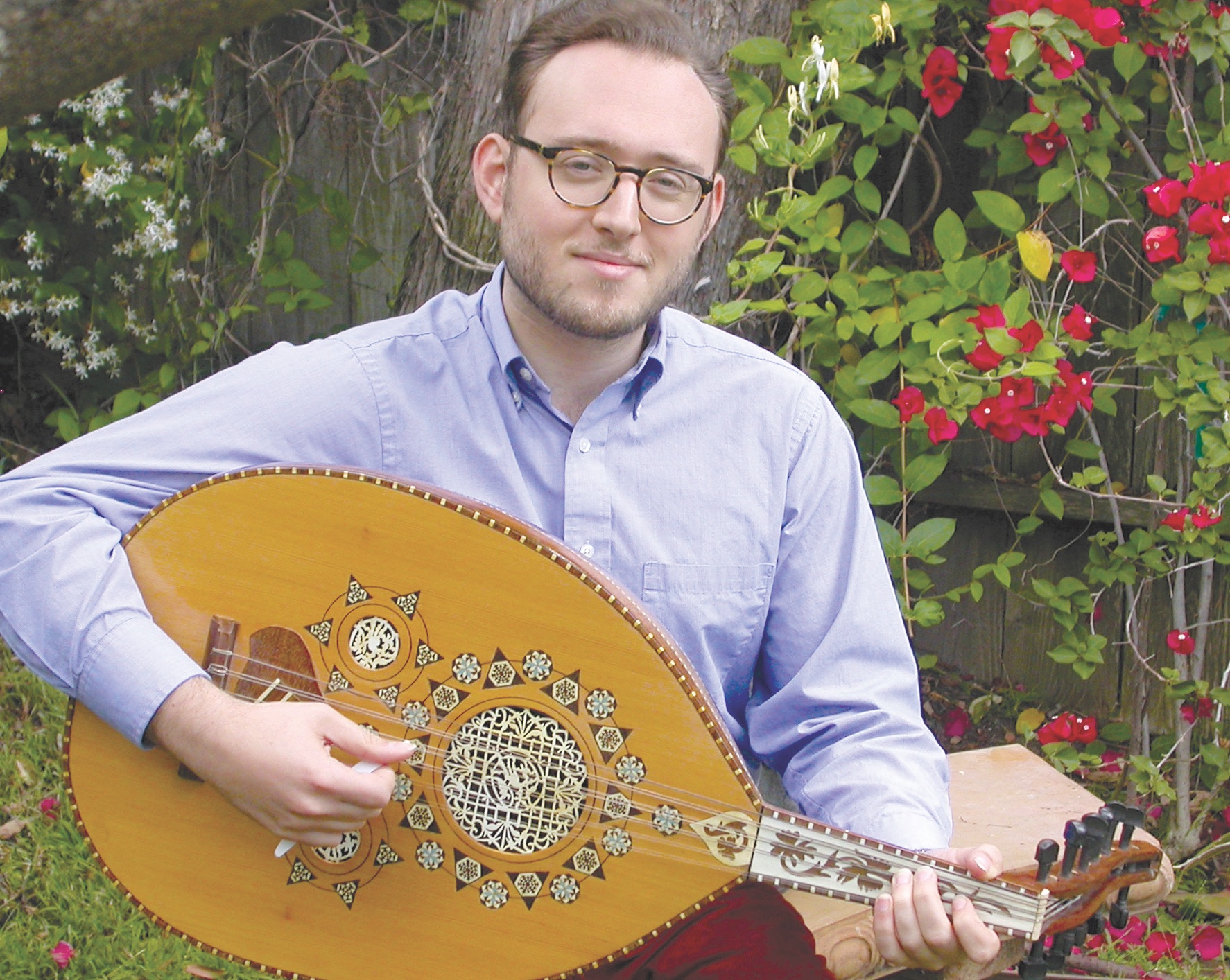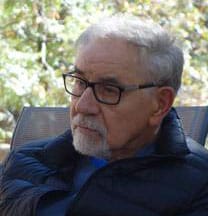 Asher Levy. Photo courtesy of Asher Levy
Asher Levy. Photo courtesy of Asher Levy It was Friday night at Valley Beth Shalom (VBS) when Rabbi Ed Feinstein explained the difference between how Sephardic and Ashkenazi Jews pray. “Sephardim bring their bodies with them to temple,” he told the 100 or so congregants, “while Ashkenazim usually leave their bodies at home.”
The next hour and a half proved Feinstein right.
Welcome to VBS’ Sephardic Service, led by Asher Levy, 23, the synagogue’s musician-in-residence, who played a lute-like instrument called an oud and sang the hypnotic pizmonim (chants) of the Aleppo Halabi community. The congregants — a mix of Sephardim and Ashkenazim — caught the infectious spirit of the service and sang enthusiastically, swaying and clapping in rhythm.
Though Levy’s Syrian-Jewish family has been in the United States for generations, his Hebrew prayers — sung Middle Eastern-style, where a single syllable of text sometimes gives rise to a dozen musical notes — bore the strong guttural aspirants of Arabic. Levy not only has natural gifts as a musician and singer with a haunting tenor voice, he also has immersed himself in the prayers, songs and accents of his Syrian ancestors.
Levy gained his familiarity with Sephardic tradition from his grandfather and his father, Rabbi Jay Levy, formerly the rabbi of Sephardic Temple Tifereth Israel. “I learned a lot from elders in the community, who taught me to pray in the Sephardic nusach,” the style of the prayer service.
Asher Levy sees his current task as the “preservation and proliferation” of Sephardic music and culture.
As Levy (and the congregants) chanted poetic homages to God, to Shabbat, and to life itself — more and more intensely with each repetition — the result was a trancelike liturgical/spiritual experience. It was deeply religious, but it could have been part of a secular performance of Middle Eastern music.
Besides Levy, there were three others in the group: Jamie Papish played a doumbek, a goblet-shaped drum, and his soulful drumbeats felt like they were in sync with the listener’s heartbeat. Phil Baron, VBS cantor, played tambourine and recited poetic prayer passages in English. Rabbi Jay Levy, Asher’s father, played harmonium and baglama, a small stringed instrument.
Rabbi Levy had his own way of explaining the distinction between styles of prayer. An Ashkenazi cantor “is like an opera singer the congregation passively listens to,” he said. “In a Sephardic service, the cantor leads the congregation in communal chants where everyone participates, chanting along and clapping to the rhythm.”
The VBS Sephardic service isn’t only different from an Ashkenazi service, Asher Levy said, it also contrasts with a typical Sephardic service: It’s egalitarian and liberal (men and women sit together and participate equally), and musical instruments are used, with electronic amplification.
“What I’m trying to do here is bridge the two worlds I grew up in,” the younger Levy said. “The musical instruments and the egalitarian practice of liberal Judaism joined with prayers of various pan-Sephardic communities: the Jews of Syria and Egypt and Morocco and Iraq, and the Ladino Jews of the former Ottoman Empire. I want to bring those practices and that music and that ineffable feeling … to a liberal Jewish space. And we’re doing it with traditional instruments, with instruments of the Sephardic Diaspora.”
Valley Beth Shalom’s Sephardic Friday night service, known as T’marim (Hebrew for dates), won’t return until January, recurring after that on the fourth Friday of each month. The service starts at 6:30 p.m., preceded by a 6 p.m. mezze (hummus, tahini, vegetables, pitta, fruit).
Asher Levy sees his current task as the “preservation and proliferation” of Sephardic music and culture. “My goal … is to revitalize and bring new music into the spiritual life of this community. The way I do that is by bringing the music of my upbringing into a community where the music has been overwhelmingly Ashkenazi.”
With VBS’ significant population of Sephardic and Mizrachi Jews, including many Persian Jews, he welcomes the opportunity to offer the traditional Sephardic prayer service in a contemporary context.
“Blending the modern and the traditional is something that’s really unique,” he said, “and it’s uniquely suited to this community.”























 More news and opinions than at a Shabbat dinner, right in your inbox.
More news and opinions than at a Shabbat dinner, right in your inbox.